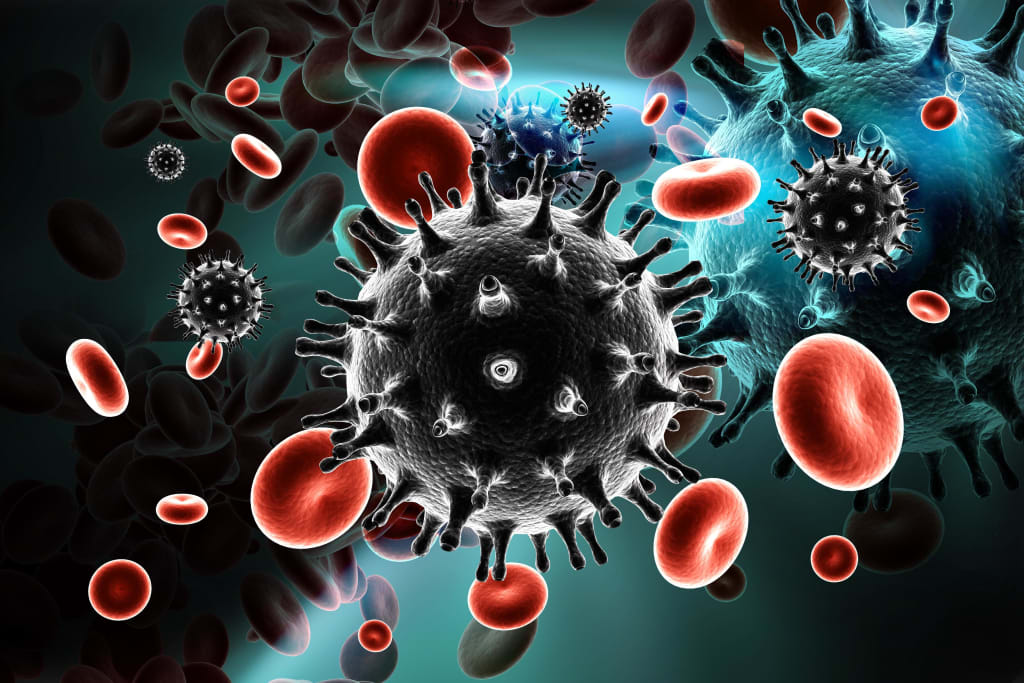
HIV/AIDS remains one of the most devastating pandemics in human history, with over 38 million people living with HIV worldwide. Despite significant progress in the prevention and treatment of HIV/AIDS, it continues to pose a significant public health challenge, particularly in low- and middle-income countries.
HIV (human immunodeficiency virus) is a virus that attacks the immune system, gradually weakening it over time. If left untreated, HIV can progress to AIDS (acquired immunodeficiency syndrome), a condition in which the immune system is severely compromised, leaving individuals vulnerable to life-threatening infections and cancers.
HIV is most commonly transmitted through sexual contact, sharing of needles or syringes, or from mother to child during pregnancy, childbirth, or breastfeeding. It can also be transmitted through blood transfusions or organ transplants, though these modes of transmission are rare in developed countries.
HIV (Human Immunodeficiency Virus) is a viral infection that attacks the immune system, and its symptoms can vary from person to person. Some people may not have any symptoms for several years after getting infected with HIV. However, common symptoms of HIV can include fever, fatigue, swollen lymph nodes, and rashes. These symptoms may go away on their own after a few weeks, but the virus stays in the body and can cause long-term damage to the immune system. It is essential to get tested for HIV regularly, especially if you have engaged in behaviors that put you at risk of contracting the virus, such as having unprotected sex or sharing needles for drug use. Early detection and treatment of HIV can help manage symptoms and prevent the virus from causing severe health problems.
There is currently no cure for HIV/AIDS, but with the development of antiretroviral therapy (ART), individuals with HIV can lead long and healthy lives. ART involves taking a combination of medications that work to suppress the virus, reducing the amount of HIV in the body and improving the function of the immune system.
Prevention is also critical in reducing the spread of HIV/AIDS. This can include practicing safe sex, using condoms, avoiding sharing needles or syringes, and getting tested for HIV regularly. Early diagnosis and treatment of HIV are also important in preventing the progression to AIDS and reducing the risk of transmission to others.
Despite significant progress in the prevention and treatment of HIV/AIDS, significant challenges remain. Access to ART remains a major barrier for many individuals, particularly in low- and middle-income countries. Stigma and discrimination against individuals living with HIV/AIDS can also prevent individuals from seeking testing, treatment, and care.
While medical interventions such as antiretroviral therapy and pre-exposure prophylaxis have been effective in reducing the transmission and progression of HIV/AIDS, social and structural interventions are also crucial in addressing the pandemic. Stigma and discrimination against people living with HIV/AIDS can prevent individuals from seeking testing and treatment, leading to increased transmission and poorer health outcomes. Policies and programs aimed at reducing stigma and discrimination can encourage individuals to seek testing and treatment and improve their overall health outcomes.
Research into new treatments and prevention methods for HIV/AIDS is ongoing, with promising developments in areas such as long-acting injectable medications and HIV vaccines. However, continued investment in research and development is critical in the fight against HIV/AIDS.
In conclusion, HIV/AIDS remains a significant public health challenge, with millions of individuals affected worldwide. While significant progress has been made in the prevention and treatment of HIV/AIDS, significant barriers remain, particularly in low- and middle-income countries. Access to ART and social and structural interventions are critical in reducing the spread of HIV/AIDS and improving outcomes for individuals living with HIV. Ongoing investment in research and development is also critical in continuing to make progress in the fight against HIV/AIDS.
About the Creator
Doctor Nadia
I am a doctor and writer who has expertise in writing articles on different topics.






Comments
There are no comments for this story
Be the first to respond and start the conversation.